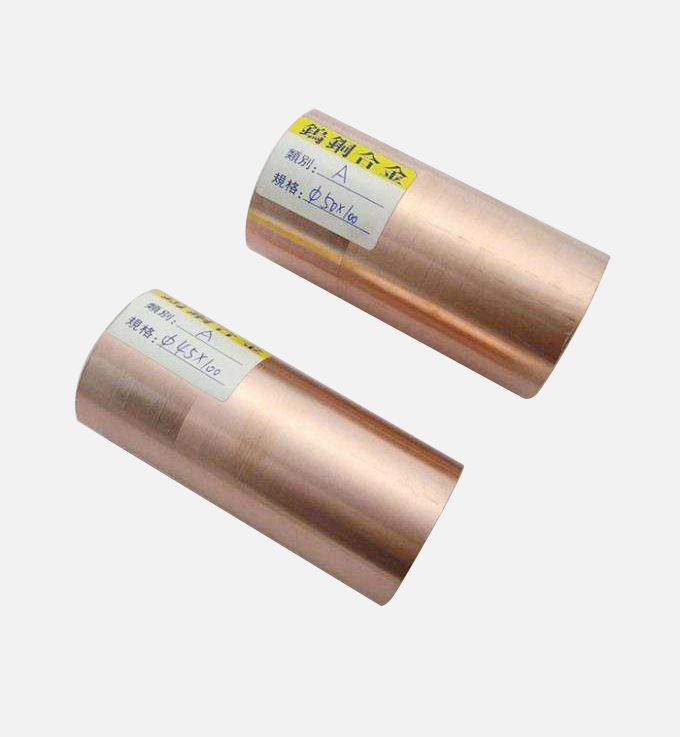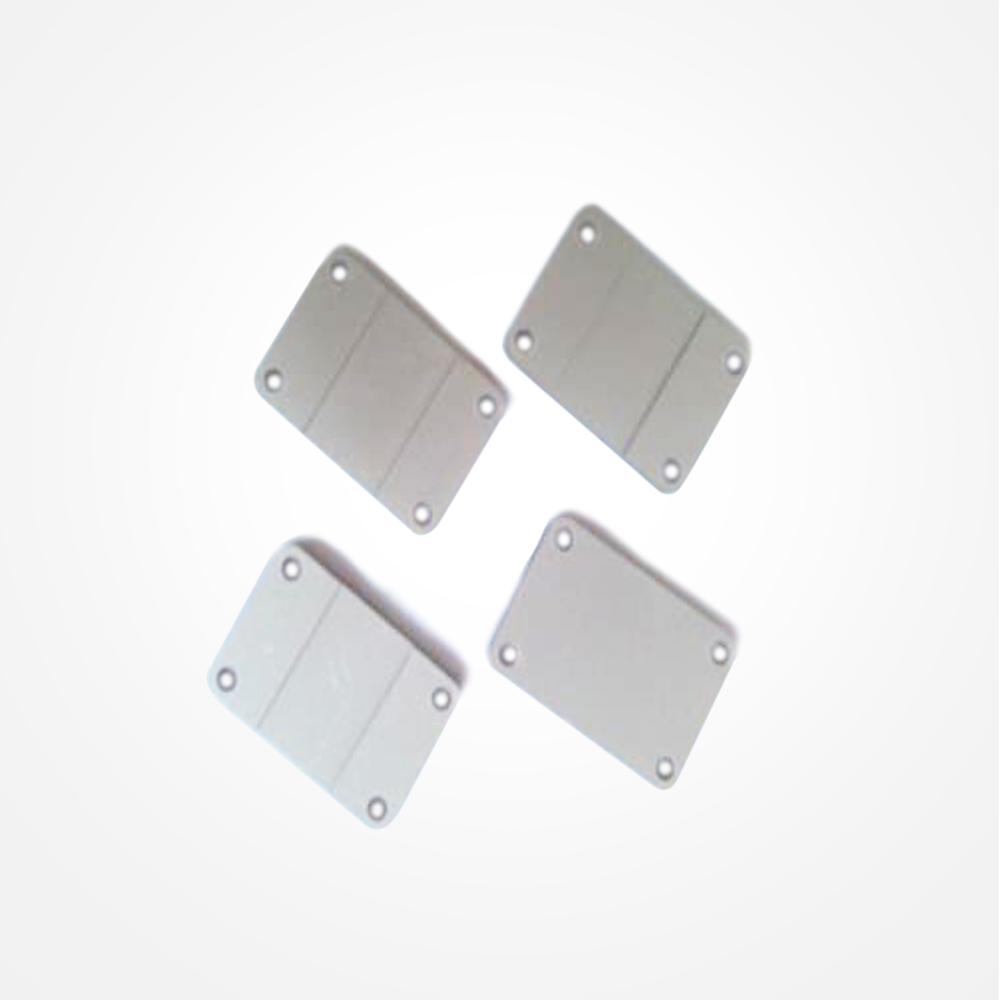1. Tungsten copper electronic packaging materials have adjustable thermal expansion coefficients, which can be matched with different substrates (such as: stainless steel, valve alloy, silicon, gallium arsenide, gallium nitride, aluminum oxide, etc.);
2. No sintering activation elements are added, maintaining good thermal conductivity;
3. Low porosity and good air tightness of the product;
4. Good size control, surface finish and flatness.
5. Provide sheets and molded parts, which can also meet electroplating needs.


Molybdenum copper is a composite material of molybdenum and copper. Its performance is similar to that of tungsten copper, and it also has adjustable thermal expansion coefficient and thermal conductivity. But the density of molybdenum copper is much smaller than that of tungsten copper, so it is more suitable for aerospace and other fields. The product has high purity, uniform structure and excellent performance. Because the Mo-Cu material used does not add any adhesive, the material has high thermal conductivity, and the thermal expansion rate matches the ceramic materials and semiconductor materials in the electronics industry. It saves costs through Mo-Cu stamping and mass production, and machining Good performance. Molybdenum copper material is more resistant to ablation than molybdenum, and has more plasticity and machinability. It can be used as high-temperature parts for rockets and missiles with lower temperatures, and can also replace molybdenum as parts in other weapons. High-power integrated circuits and microwave integrated devices require high electrical and thermal conductivity materials as conductive and heat-dissipating components, while taking into account vacuum performance, heat resistance, and thermal expansion coefficient. The properties of molybdenum copper meet these requirements and are the preferred material in this regard.
 Deutsch
Deutsch Español
Español Français
Français Italiano
Italiano Português
Português Pусский
Pусский العربية
العربية





